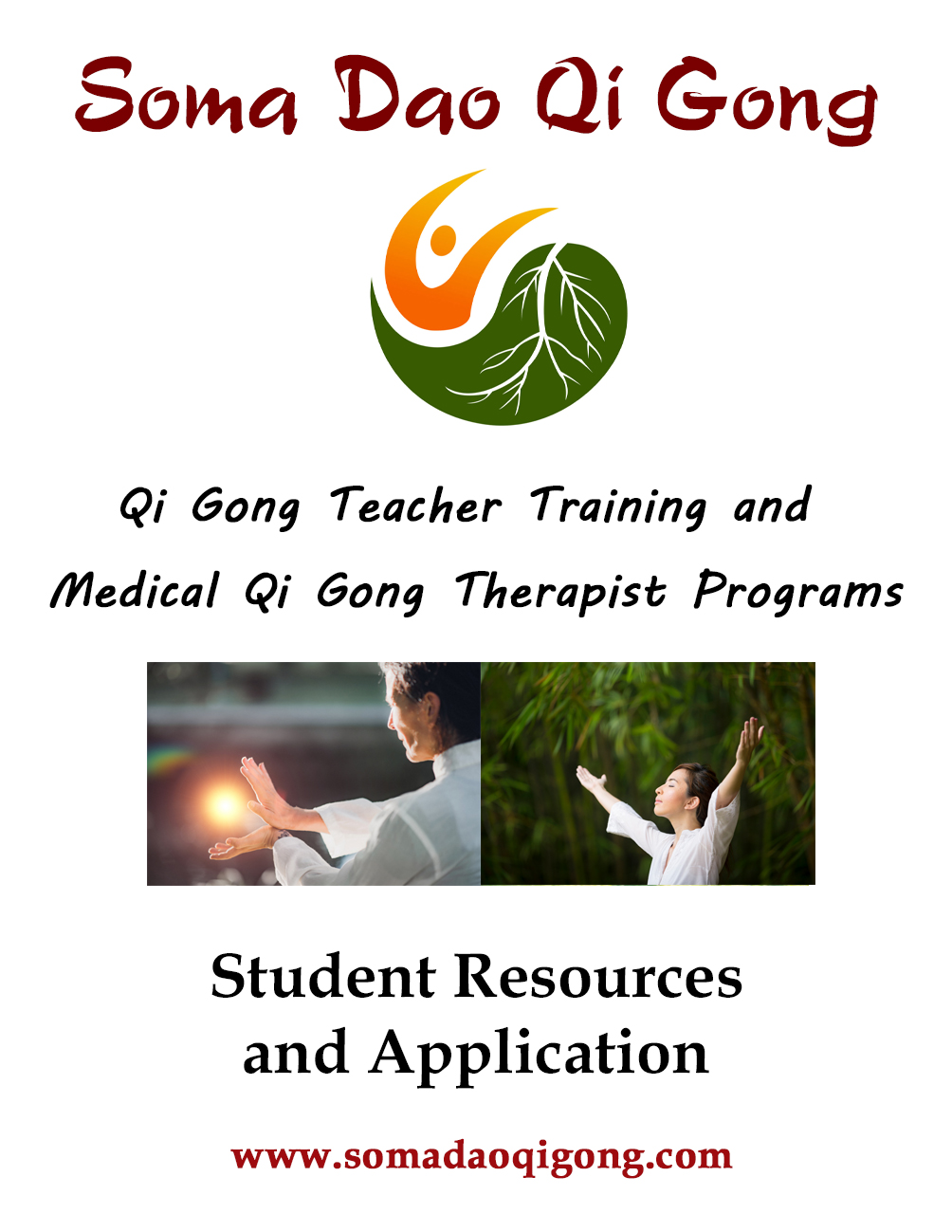The Four Wounds of Trauma
The Second Wound is Comfort Seeking.
This need to control stress, symptoms, pain and inner turmoil can become a full-time job.
When an animal survives a life-or-death encounter, they shake, pant, yawn, and then take a nap. Comfort Seeking is an instinct.
We all need to shake off a bad day or in some cases a car accident or a divorce. I mean shake it off literally.
All animals have to release trauma through nervous system expression.
Your nervous system has evolved to store intense survival experiences for later and then release the nervous system distress from the First Wound. When you are safe and have the support you need, you will naturally release the embodied memory of the trauma through some form of self-expression.
Laughing, Crying, Dancing, Shaking, Venting, Hugging, and Making Love has helped for countless millennia.
Often, when I am giving someone an Acupuncture treatment, they begin to shake and then have a huge emotional release. Often, they have no memory of why their body needed to do that and sometimes I have the honour of witnessing a person coming to terms with deeply buried Somato-Emotional memories of trauma.
It is almost always the next day when many of their symptoms begin to improve.
Life is beautiful that way.
Coming to terms with trauma requires a consistent way to feel and move through intensely emotional and painful experiences. It also requires the ability to shift your state and drop into complete relaxation or generate a sense of solace and/or mild euphoria.
If you cannot find a way to release the ‘energy’ from the trauma, your present sense of danger will be more intense. Over time, your sense of instinctual adaptability will diminish. At a certain point, most people do what they can to control their symptoms.
The second wound, the need to control stress and pain, can consume some people’s lives with addiction.


Qi Gong – Lesson Two
Shape Shifting and State Shifting is Your Birthright.
Try this…
Stand with your feet shoulder-width apart. Turning your whole body, swinging your arms left and right.
Breath deeply and a bit forcefully.
The earliest forms of healing were Shamanic. They included practices that changed how people felt inside their bodies and loosened the constraints of Reality.
Moving freely, focusing your awareness and filling your blood with oxygen can have as much benefit as a massage and probably provide more real relief than taking a pain killer.
Feel into your belly and diaphragm.
One of the hardest burdens to carry from trauma is predicting a future of negative outcomes while looking for any short term relief.
Allow your body to move like an animal – any animal.
Turn your body left and right. As a snake, a horse, a bear, a dragon, a praying mantis, or any other creature that comes to mind. Breathing deeply and forcefully.
Be playful and present.
Breath deeply until you feel your grip on life loosening – just enough to be playful and present.

I am interested in learning more about becoming a Qi Gong Teacher and/or a Medical Qi Gong Therapist and would like to receive your MONTHLY newsletter.
YES! Send me a copy of the Student Resource Guide
(We respect your privacy)
Beginning April 8, 2024
Learn the skills, practices, and principles necessary to safely and successfully guide others through several kinds of Qi Gong Classes.
